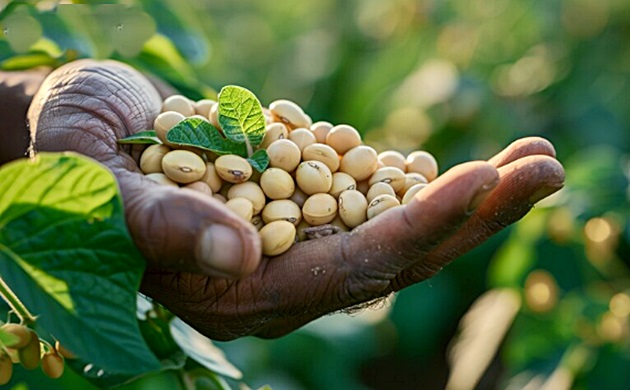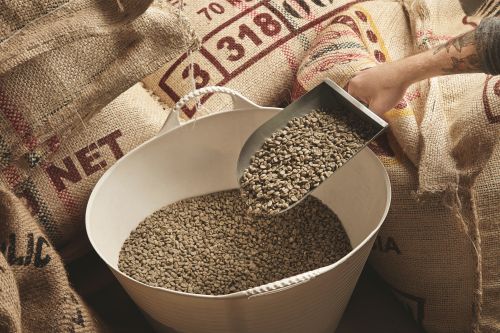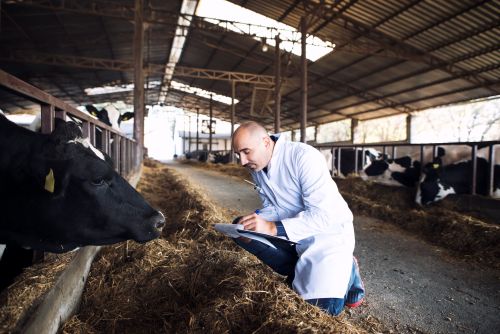622

Global Soybean Market in 2025: High Volatility Driven by Stocks, Demand, and Trade Tensions
According to AllAboutFeed, the global soybean market in 2025 is experiencing heightened volatility, influenced by factors such as high global stock levels, fluctuating international demand, and ongoing trade tensions.
An analysis of trading activity on the Chicago Board of Trade (CBOT) and Euronext/MATIF in Paris highlights divergent trends and persistent uncertainty in soybean futures prices.
Chicago Board of Trade (CBOT): High Activity and Cautious Outlook
At CBOT, soybean futures have seen sustained activity. On June 3, 2025, the estimated trading volume reached 218,938 contracts (each representing 5,000 bushels), up from 193,551 contracts in the previous session. Open interest climbed to 860,962 contracts, indicating increased investor engagement.
However, November 2025 futures prices fluctuated within a narrow range—between $10.20 and $10.60 per bushel—reflecting ongoing uncertainty around weather conditions and global demand.
Euronext/MATIF: Relative Stability Amid Global Pressures
On the Euronext exchange in Paris, soybean futures showed relative stability, influenced by global dynamics and regional conditions. While specific price data was unavailable at the time of writing, the European market continues to closely monitor developments in the U.S. and Brazil, as well as demand from the feed industry.
Key Market Drivers
Several factors are shaping the 2025 soybean futures market:
- Global Stocks: According to the USDA, global soybean stocks for the 2025/26 season are estimated at 121.4 million tonnes, down from previous projections, due to increased consumption in China and Argentina.
- International Demand: Demand from the animal feed industry, particularly in Brazil, where soybean meal consumption is projected to reach 20 million tonnes in 2025, is exerting pressure on prices and overall market balance.
- Trade Tensions: The U.S.-China trade war has led to a significant drop in Chinese imports of U.S. soybeans, impacting export volumes and adding a layer of uncertainty to market dynamics.
Outlook and Conclusions
The soybean market in 2025 finds itself in a fragile equilibrium, shaped by climate conditions, geopolitical developments, and economic shifts. While CBOT activity suggests rising investor interest, prices remain under pressure due to high global stocks and uncertain demand.
In the short term, volatility is expected to persist, with investors closely tracking weather patterns, trade policies, and global consumption trends to adjust their strategies accordingly.





